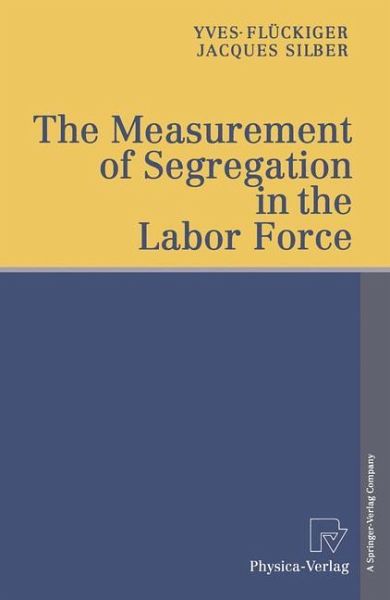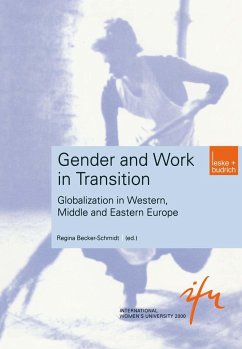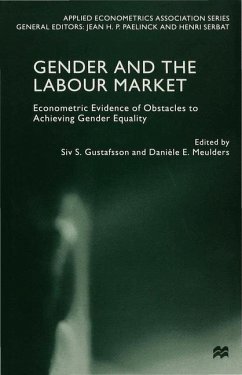
The Measurement of Segregation in the Labor Force

PAYBACK Punkte
38 °P sammeln!
When considering labor market inequality across different demographic groups in society, it is natural for most individuals to think of discrimination as the most likely explanation. Since the pioneering work of University of Chicago economist and Nobel Laureate Gary Becker, there has been an abundance of both theoretical and empirical analysis on the issue of discrimination. What economists and other social scientists have learned is that the measurement of discrimination has proven to be far more challenging than anyone could have imagined. There is of course the technology of measurement th...
When considering labor market inequality across different demographic groups in society, it is natural for most individuals to think of discrimination as the most likely explanation. Since the pioneering work of University of Chicago economist and Nobel Laureate Gary Becker, there has been an abundance of both theoretical and empirical analysis on the issue of discrimination. What economists and other social scientists have learned is that the measurement of discrimination has proven to be far more challenging than anyone could have imagined. There is of course the technology of measurement that has to be addressed but there is also the related matter of how to define discrimination. Another University of Chicago economist and Nobel Laureate, Milton Friedman, cautioned against overlooking the distinction between equality of outcomes and equality of opportunity. The present book is a tour de force on the topic of segregation in the labor force. Segregation is a concept that is related to discrimination but it is not necessarily the same as discrimination. Segregation can be a mechanism for societal enforcement of discrimination, but it can also arise as the result of voluntary choices related to differences in preferences and household division of labor. The authors offer a counterweight to the traditional emphasis on wage discrimination over segregation and labor market segmentation. The subject is thoroughly addressed on both theoretical and empirical grounds with special emphasis on gender segregation in the Swiss labor market.














